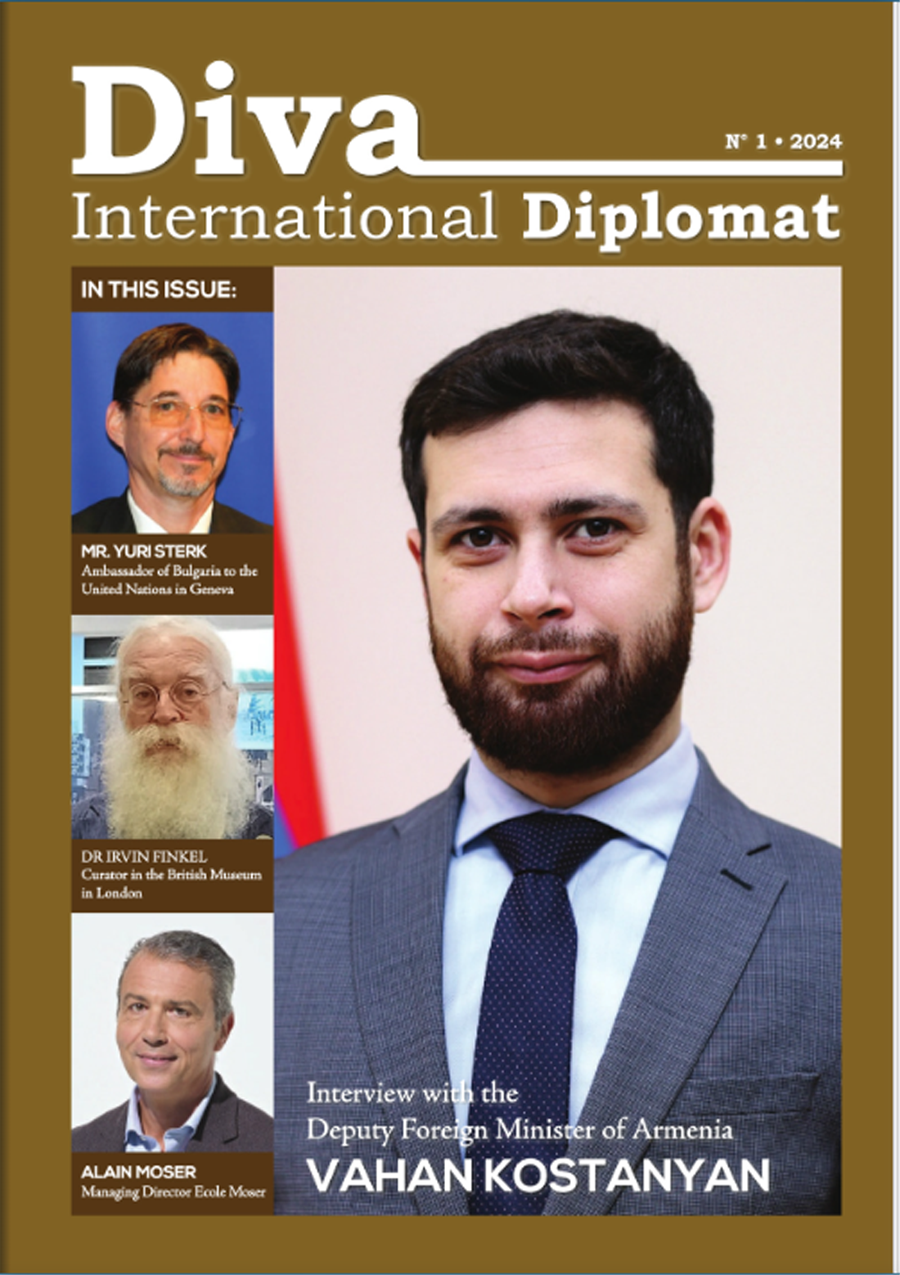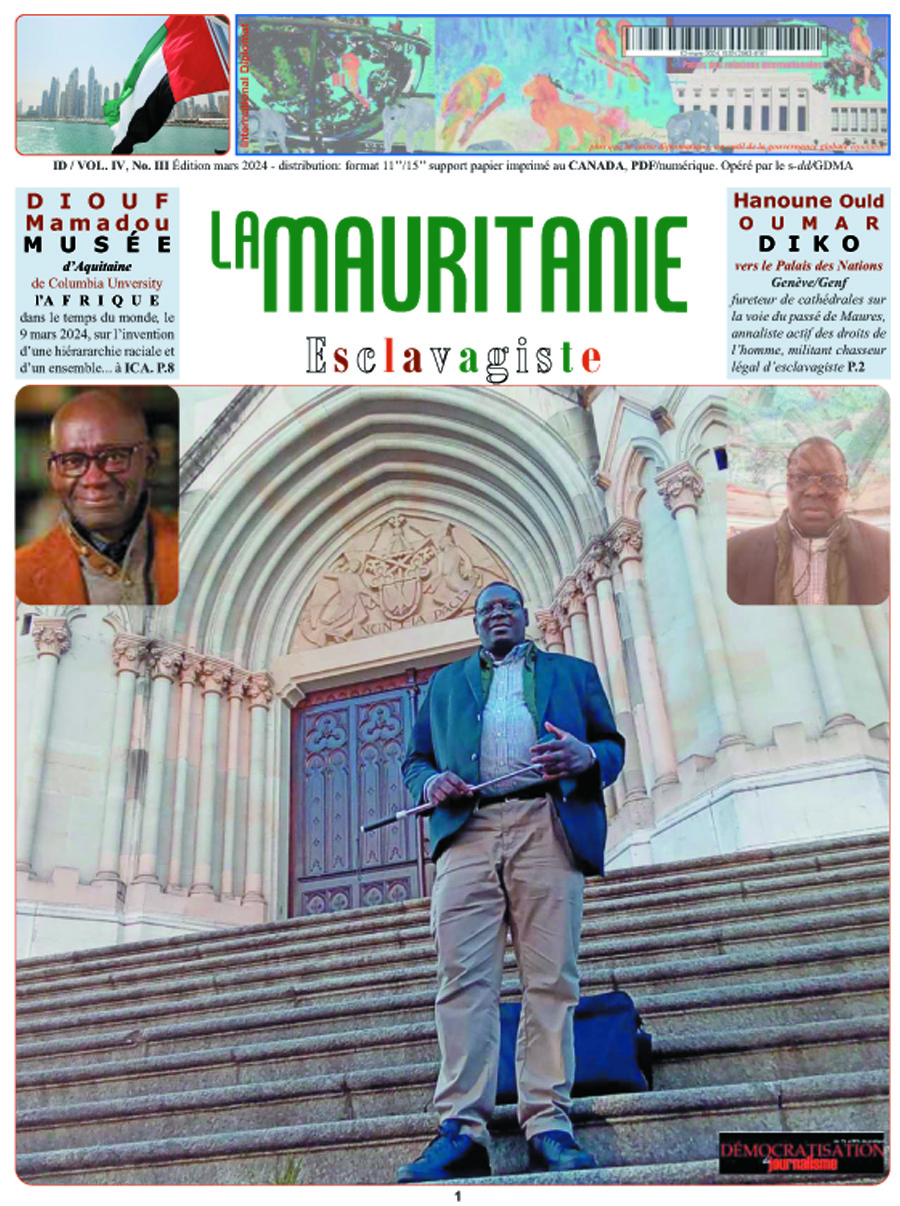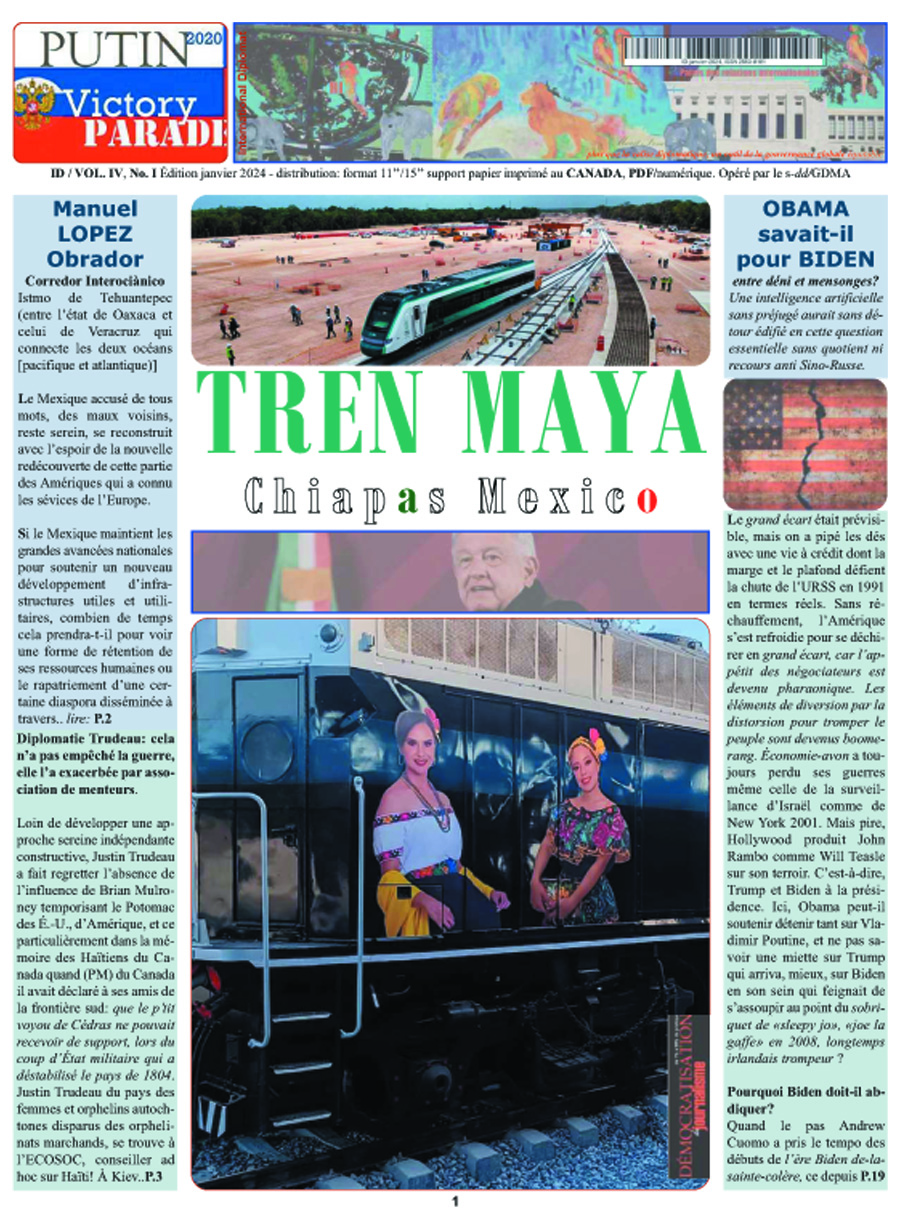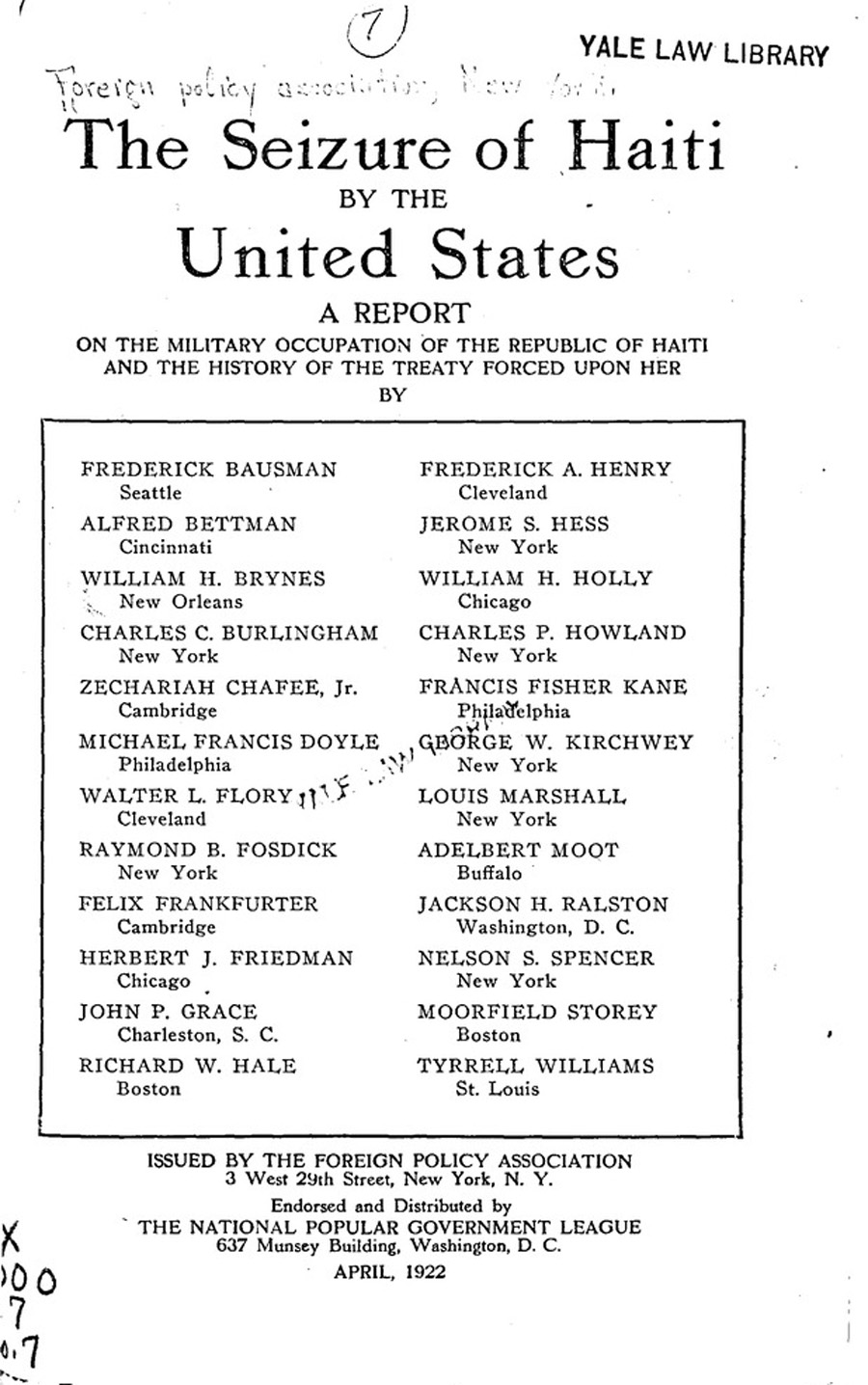Belfast, capital city of Northern Ireland, has marked two major centenary events in 2012, the sinking of the ‘unsinkable’ luxury liner RMS Titanic during its maiden voyage on the night of 14-15 April 1912, and Signing of the Ulster Covenant. On 28 September 1912 over 500,000 Ulstermen and women signed Ulster’s Solemn League and Covenant, pledging solidarity in their refusal to accept Home Rule for Ireland. An exhibition ‘Soul of a Nation’ takes its name from a speech by the committed Unionist leader Sir Edward Carson (1854-1935) in which he said that unionist opposition to Home Rule was ‘the cry from the soul of a nation’. Both stories are extensively recounted and are brought to life through separate exhibitions.
Built at the birthplace of the doomed liner at Harland and Wolff shipyards, the Titanic Belfast centre opened on 31 March 2012 as the ‘world’s largest Titanic visitor experience’. Its architectural contour resembles the liner and its multiple galleries help to uncover the true legend of the Titanic. They feature the working environment of the ship and a separate gallery exhibits the history and industrial development of Belfast. At the Belfast Opera House, a part musical The Titanic Boys tells the story of nine Harland and Wolff apprentices who shared the unique experience of building, sailing and drowning on the RMS Titanic. The Belfast Welcome Centre offers information about city Titanic tours and trails.
The Belfast City Hall exhibition ‘Shared History – Different Allegiances’ is the first in a three-part exhibition that looks back at life in general, the people and events that helped to shape Belfast 100 years ago. Complete with floor graphics setting historical timelines, the exhibition is supported with archive footage, audio biographies and interactive poster displays.
Belfast’s Ulster Hall is used for concerts and hosts a series of lunch time talks, musical and civic events. A picture panel of Poets and Writers profiles writers past and present, including novelists, poets, screenwriters and playwrights from a past exhibition that included listening to readings from writers and access to the BBC’s Literary Archive. There is a Belfast literary tour through the city to where the finest of writers, such as Seamus Heaney, lived and worked. To quote the illustrious writer and poet … “I’ve always associated the moment of writing with a moment of lift, of joy, of unexpected reward.” The Seamus Heaney Centre for Poetry at Belfast Queen’s University is a focal point for writing, criticism and appreciation of modern literature.
Second largest city in Northern Ireland, historical Derry is well known for its old city walls, said to be amongst the best preserved of walled cities in Europe. In August 2013 the city is preparing to host the All Ireland traditional Fleadh raising its profile as 2013 UK city of culture. The chosen title ‘Derry-Londonderry’ marks continuity following London’s ‘2012 Cultural Olympiad’, largest cultural celebration in the history of the modern Olympic and Paralympic movements. The baton of ‘UK city of culture’ was then formally passed to Derry. With a focus on … “small city becomes huge” … the city aims to attract visitors from all over Ireland and abroad. A vast programme of historical visits, cultural, sports and concert events is under preparation. *
The literary and cultural life of Belfast and Derry and other places in Northern Ireland are renowned for inspiring its famous writers, past and present. The majestic Mourne Mountains sparked the imagination of C.S. Lewis who created the beloved Chronicles of Narnia. The sweeping landscapes of Co. Derry-Londonderry fuelled the passion of Nobel Laureate Seamus Heaney. His fellow Nobel Prize winner, Samuel Beckett, was educated at Portora Royal in Enniskillen where the magnificent scenery nurtured his talent and that of Oscar Wilde. Booker Prize short listed authors Brian Moore and Bernard MacLaverty call Belfast home and Derry-Londonderry can lay claim to writers Seamus Deane and Jennifer Johnston.
Literary, poetry, music and a variety of cultural workshops and festivals take place throughout Northern Ireland, and walks with discovery and themed activities of Northern Ireland’s cities and places abound. The legendary site of the Giant’s Causeway and the famous Bushmills whiskey distillery are two notable treasures of its Co. Antrim coastline.
Ita Marguet
Note : Acknowledgement is given to sources used in this text. It follows a visit to Belfast and Derry (August 2012). * Marseille-Provence (France) and Kosice (Slovakia) have been designated by the European Union as European Capital of Culture in 2013.





